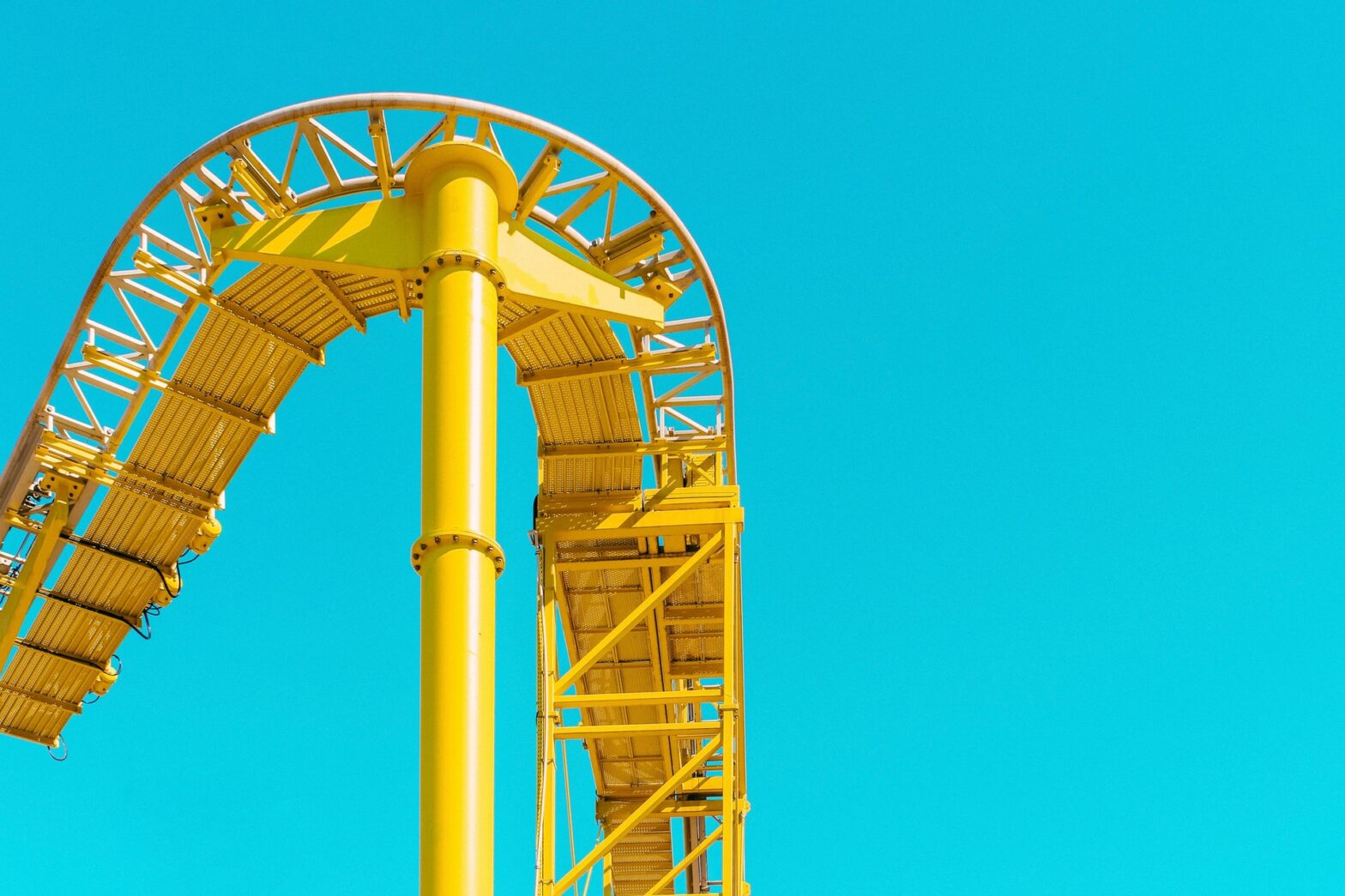Stocks fluctuate. It’s in their nature – which you of course know from our last blog article. When a stock market falls by more than 10% in just one day, we call it a crash. Typical for such crashes are panic sales by investors. A stock market crash occurs quickly and unexpectedly, but the effects are lasting and profound.
The most spectacular stock market crashes – Here we give you an overview of some of the darkest stock market days in history.
Table of Contents
1637: Tulip mania in Hollandbla
The first verifiable stock market collapse was as early as the 16th century. Many people speculated on tulips, which increasingly drove the price higher – until the price was no longer in any relation to the value of the beautiful flowers. According to today’s calculation, some tulips were bought and traded for around 50,000 EUR! When the first holders started selling the tulips, a sales panic broke out, and the speculation bubble burst.
1929: Black Friday – the Great Depression
Probably the most momentous stock market crash of all time, Black Friday, kicked off the Great Depression, in which millions of people lost their jobs. This crash is considered the cause of the Great Depression, the poverty of the time, and the rise of the National Socialists in Germany.
The crash was preceded by a long period of a booming economy and one of the most extraordinary highs in the stock markets. Even investors took out loans to buy shares. Then, as prices continued to weaken, fewer and fewer people invested until a panic broke out on the New York Stock Exchange on October 24.
To this day, it remains unclear why traders suddenly offered their stocks at any given price. Within just two hours, the value of listed U.S. companies fell by $11 billion U.S. dollars. This had an immense impact on the European stock exchanges. Private investors lost their savings, and companies went bankrupt.
1987: Black Monday – worries about world trade
October 19, 1987, will go down in history as Black Monday. On that Monday, stockbrokers in New York, London, Hong Kong, Berlin, Tokyo, and almost every other city with a stock exchange, stared in horror at the numbers on their displays.The U.S. markets (more precisely, the Dow Jones) fell by over 20%, an unprecedented crash in the over one-hundred-year history of the U.S. stock market. Over $500 billion U.S. dollars vanished into thin air in a matter of hours.
2000: The dot-com bubble
The incredible excitement and euphoria of the new Internet age led to mass speculation in Internet-based companies – the dot-com stock market bubble grew and grew from 1995 to 2000. Investments were often made without any background knowledge about the specific companies. This led to an overvaluation of Internet companies until the stock market finally burst, causing panic. Investors could not get rid of the previously hyped shares fast enough, leading to the share value sinking even further. Around $5 trillion U.S. dollars were lost.
2007/08: Financial crisis
The crash of 2008 was the biggest shakeup of the global financial system in nearly a century – it brought the world’s banking system to the brink of collapse.
Banks ran into trouble after too many people took out loans to buy homes that they couldn’t repay. As a result, the housing bubble burst, and congress rejected a bill to bail out the banks. In just one day, the Dow Jones fell 777.68 points on September 29, 2008 – more than ever before.
2020: Coronavirus crash
Because of the pandemic, the most recent stock market crash occurred. During the week of February 24, the Dow Jones and S&P 500 fell more than 10% – the most significant weekly drop since the 2008 financial crisis.
But unlike previous crashes, which often took years to recover from, the stock market returned to its pre-pandemic peak in May 2020. This rapid recovery was thanks to an enormous stimulus: the Federal Reserve cut interest rates and pumped $1.5 trillion U.S. dollars into the money markets, and congress passed a $2.2 trillion U.S. dollars aid package.
Takeaways
Although the causes of stock market crashes vary – from tulip mania to Internet euphoria to a bat virus – the result is always the same: the market recovers.
One thing all crashes have in common is that not only have we survived them, but the market has reached new highs after each crash. The stock market is cyclical, and the next crash is coming. So is the next high.
The best way to deal with a crash is to consciously, calmly do nothing. If you have a diversified portfolio you hold for a long time, even a crash can’t hurt you. It doesn’t matter whether we suddenly wake up to a pandemic or a stock market crash – the sun always rises again. And it usually shines even brighter afterward.













